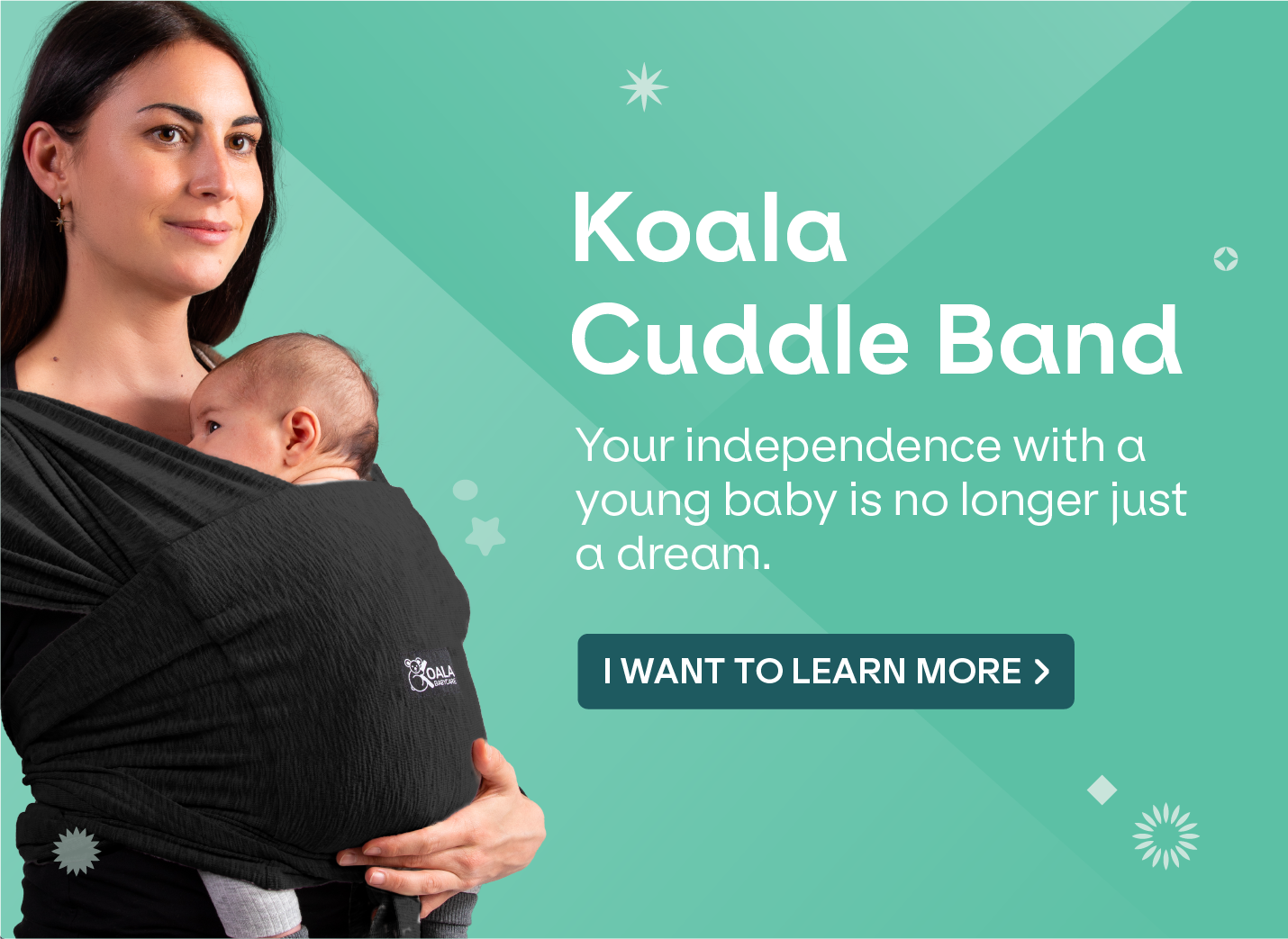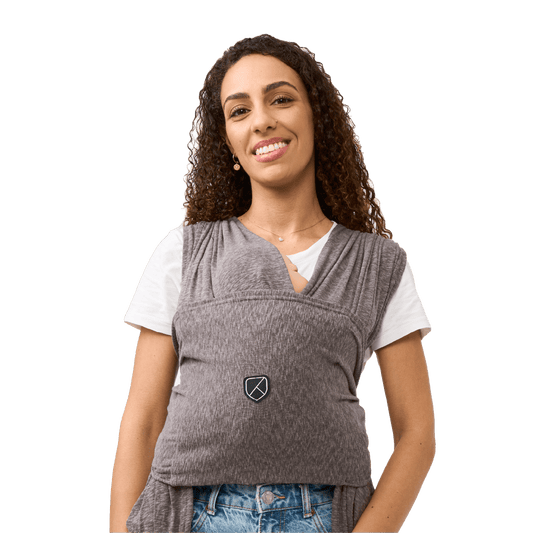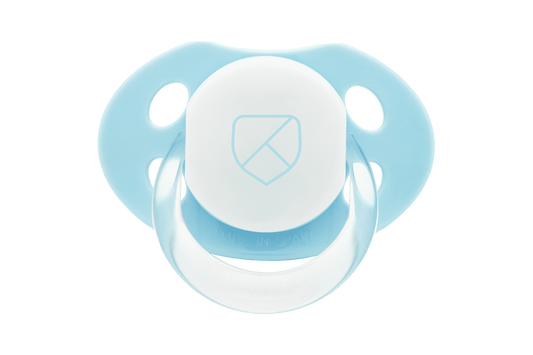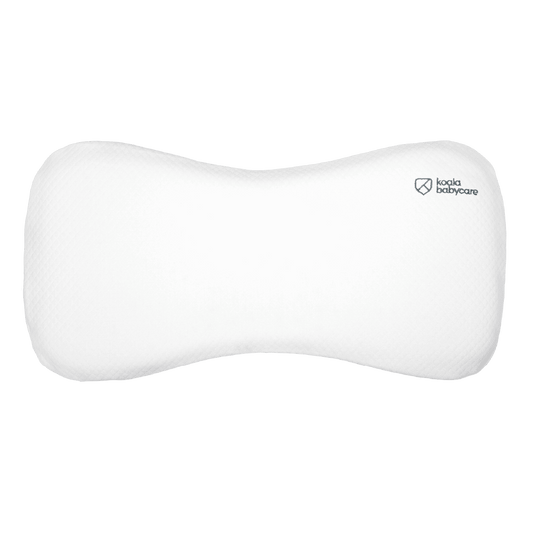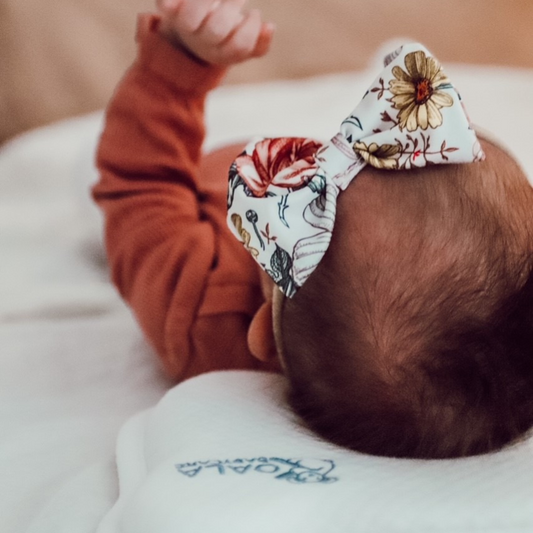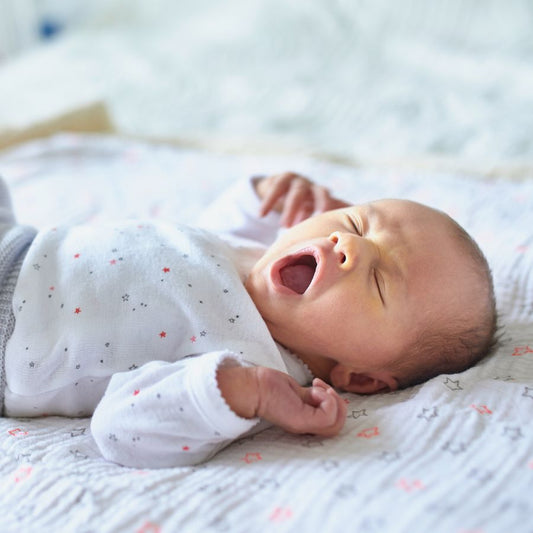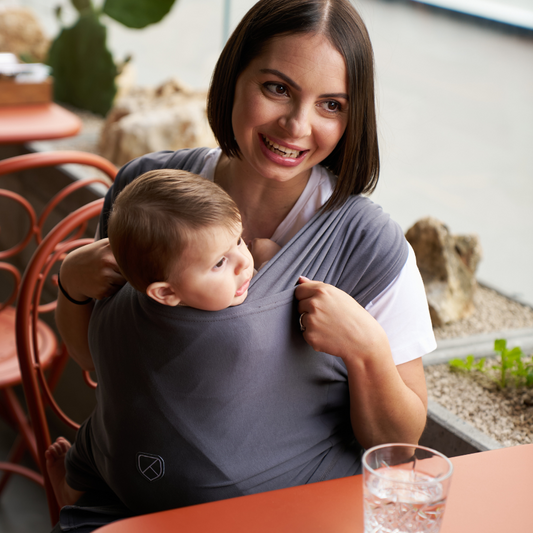Babywearing offers so many benefits to both babies and parents: it allows you to have your hands free, it soothes an infant instantly, it fulfils their need for body contact, which is vital for their self-confidence when they grow, it promotes their physical development... But how do you choose the right baby carrier for you from the many different types available today? Read our guide.
Babywearing newborn: how old is this practice?
Babywearing is an ancient practice which has been around for centuries spanning across many different cultures. It’s been used to move around with newborns and older babies and to keep them snuggled close to you while parents take care of other things - essential for the family’s survival.
Its popularity began to decline in Europe upon the invention of the pram and, consequently, a new detachment style of motherhood was born: nannies were in charge of raising the children and holding a baby became labelled as “spoiling” him or her.
However, it’s become extremely popular again lately due to the many benefits it offers, both to baby as well as to mum and dad. Just to give a few examples: it strengthens the bond between baby and parents, helps prevent flat head syndrome, and stimulates a young infant's cognitive abilities as it exposes them to external stimulation.
But what are the best babywearing slings? Where do I start? Here’s a short, yet handy, guide for those who are considering newborn babywearing for the first time.
Babywearing: types of slings and carriers
In Africa, they use cotton cloths (just under 2 metres long) to fasten their infants on their backs, without a knot, right from birth. In China they use the Mei Tai, in Japan the Onbuhimo, in Mexico the Rebozo. What about Europe?
Babywearing carriers are first of all divided into two macro categories:
- Non-structured carriers: baby wraps or long pieces of fabric you tie in different ways around your body. Stretchy wraps or woven wraps belong to this category.
- Structured carriers: these are carriers, baby sling wraps or pieces of fabric that are easier to use as they already have a pre-formed shape. They are pre-knotted, with rings, shoulder straps or buckles. Soft-structured baby carriers, ring slings, Mei Tais all belong to this category.
Stretchy wrap
A Stretchy baby wrap sling is a long rectangle piece of fabric generally made of elasticated cotton or cotton jersey to make it stretchy.
This type of fabric provides the perfect level of softness and support for a newborn. Being wrapped up snuggly in a sling reminds an infant of being inside the womb.
The standard length of a stretchy wrap is around 5 metres, therefore, suitable for all shapes and sizes and for both mum and dad.
A stretchy sling can generally be used for babies up to 10 kg, as with heavier weights the fabric tends to sag and won’t be able to offer the same level of support.
Woven wrap
Woven wraps tend to be cotton, or a blend of cotton and another fabric such as hemp, but they are not stretchy. The studier material makes woven wraps more versatile, as they can be adapted to support the weight of older babies and toddlers, even up to 2-3 years old.
For newborns or premature babies, stretchy wraps are more suitable given they offer a snugger fit.
Woven wraps, unlike stretchy wraps, can be more difficult to use and less versatile; you’ll also need to choose the right size for each wearer.
Ring sling
A ring sling is a long piece of fabric with two aluminium rings positioned at one end. The free end of the fabric is threaded through one ring then tucked under the other to create an adjustable fastening, in accordance with the manufacturer's instructions.
They are particularly suitable for carrying a baby on your hip, although as all the weight is carried on one shoulder, it’s not suitable for prolonged use.
Sling rings are not recommended until 3 months of age as they don’t allow for snug body contact between parent and baby.
Baby carrier
This is a soft-structured baby carrier with shoulder straps, back support, and buckles, and is therefore easier to use as it doesn’t involve tying.
Ensure you choose an ergonomic model which allows height and width to be adjusted according to your baby's build and one which has a good back support to sustain the baby's weight.
These are recommended for infants from 4 months of age as they are less snug than a baby wrap
Mei Tai
This is a hybrid carrier, originating from Asia, and is a cross between a baby wrap and a soft-structured baby carrier: it has the structure of a baby carrier but is made entirely of fabric, without shoulder pads or buckles.
In terms of comfort, it’s similar to a structured baby carrier but it’s much easier to put on because all you have to do is slip it on and cross the two fabric flaps behind your back and then under the baby's legs.
Which baby carrier to choose for newborns?
After reading our guide on baby carriers you probably have already found the one that suits you best. But if you are still unsure or need a gift for a new mum and want to choose the perfect one, we will do our best to help.
We recommend that you start your babywearing journey with a stretchy wrap, which is ideal for small infants, such as newborns or premature babies. This type of baby carrier wraps around and supports newborns well, and offers them a soft and snug cocoon, just like the containment they were used to inside mummy’s tummy.
Koala Cuddle Wrap is the perfect wrap for those who love babywearing or those who want to try their hand at different ways of tying, adapting to baby as he or she grows, starting with a heart-to-heart position, suitable for those first few weeks, to hip and back carrying, more suitable for older babies.
If, on the other hand, this is your first experience and the idea of having to learn how to tie a wrap frightens you a little (or you think it might even scare baby's daddy), we have the perfect carrier for you: it's called Koala Cuddle Band and it slips on over your head just like a T-shirt!
Being a pre-tied baby wrap carrier, it’s so easy to put on that anyone can do it in seconds.
When your baby is older and becomes too heavy for a stretchy wrap sling, you can switch to a woven wrap or a soft-structured baby carrier.


